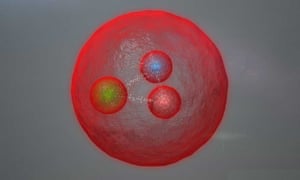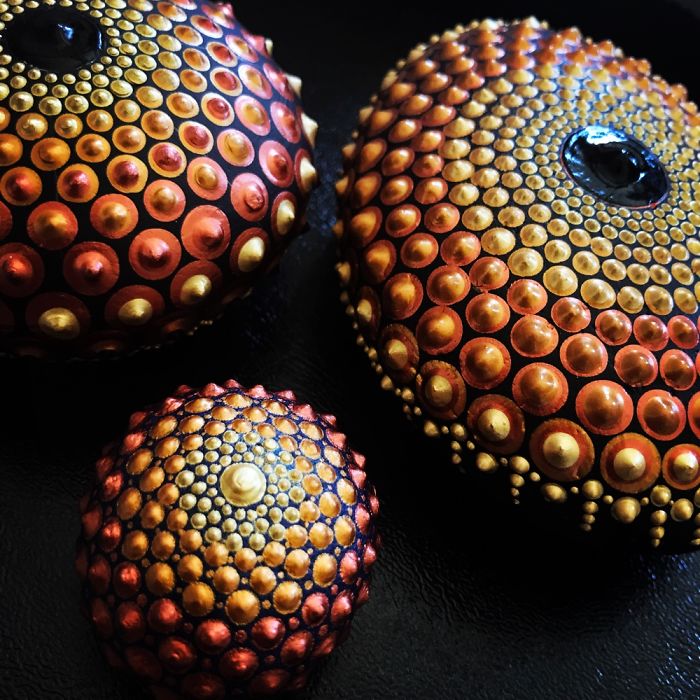via OUP Blog by Christina A. Roberts

Baker’s Yeast by Zappys Technology Solutions. CC BY 2.0 via Flickr.
Pharmaceutical drugs are an integral part of healthcare, but a treatment regimen that works for one individual may not produce the same benefit for another. Additionally, a given drug dose may be well-tolerated by some, but produce undesired (and sometimes severe) adverse effects in others. In the United States (with similar statistics in other parts of the world), serious drug adverse reactions account for over 6% of hospitalisations, with over 100,000 cases of fatal drug reactions. Understanding why individuals react to drug treatments differently is key for optimizing healthcare and avoiding potentially preventable harms associated with side effects.
Individual differences in diet, activity levels, and other lifestyle factors obviously contribute to this variation in drug response. However, this variation also has a genetic basis. This is evidenced by results of twin studies, and ethnicity-specific differences in response to drugs such as anti-cancer agents. By now, a number of genetic variants have been linked with variations in drug response.
Continue reading
==============================
3 of Nature’s Greatest Mysteries May Be Solved Thanks to Quantum Biology
via Big Think by Philip Perry
Quantum mechanics is known for weird occurrences and bizarre outcomes. Consider superposition where a particle can be in two places at once, while also occurring in two different states—as a particle and a wave. What about quantum tunneling where a particle can pass through a solid object like a ghost. Or quantum entanglement where two particles form a relationship, be they an inch apart or a thousand light-years away. One particle might also vanish from one area, only to pop up in another. Einstein called this, “Spooky action at a distance.”
Though strange, the field has advanced our understanding of the natural world immensely. Now, by applying quantum mechanics to biology, we're beginning to unravel some of science's biggest and longest running mysteries. The burgeoning field of quantum biology is today, helping us to understand bird migration, photosynthesis, and maybe even our sense of smell.
Continue reading
==============================
On nuts and nerds
via OUP Blog by Anatoly Liberman

Mixed nuts, like mixed nerds, are a delight.
Mixed Nuts by cfinsbury, Public Domain via Pixabay.
For decades the English-speaking world has been wondering where the word nerd came from. The Internet is full of excellent essays: the documentation is complete, and all the known hypotheses have been considered, refuted, or cautiously endorsed. I believe one of the proposed etymologies to be convincing (go on reading!), but first let me say something about nut. Although its etymology and history are puzzling, even mysterious, no one seems to care. Slang is a flower growing on a huge dunghill. Not unexpectedly, people tend to pay attention to the flower and disregard the dung.
Continue reading
==============================
In the version of history found in India's new textbooks, China lost 1962 and Gandhi wasn't murdered
via 3 Quarks Daily: Harish C Menon in Quartz

Wishing away the past. (Reuters/Adnan Abidi)
Long before the terms post-truth and alt-facts gained currency in the west, Indians were getting mass mails and text messages that often mixed myth with half-truths to glorify their past. It could be something as simple and patently false as the United Nations declaring India’s national anthem as the world’s best. Or bizarre achievements of ancient Indians.
Over the past few years, such trickery gained political legitimacy as senior leaders indulged in it using photoshopped images and administrative claims.
Continue reading
==============================
Élite Politesse
via Arts & Letters Daily: Kyle Paoletta in The Baffler
When, in 2012, the copy editor Mary Norris took to The New Yorker’s website to defend its comma usage against the charge that it was “nutty”, a new era in the history of the magazine’s style was inaugurated. Norris was suddenly impossible to escape, extemporizing on everything from semicolons to bespoke pencil sharpening to National Punctuation Day. Soon enough she was cast as the strict-but-fair “comma queen” holding forth sententiously on usage in a series of instructional videos. Her rising stature proved a boon to the whole department, as, in the run-up to last year’s election, the copy chief Andrew Boynton became a familiar personality, gruffly reprimanding Donald Trump for his abuses of the English language.
Continue reading
==============================
Newly discovered particles, and what's in them
via the Guardian by Jon Butterworth
Quarks, basically. But more charming than usual

Representation of a doubly heavy-quark baryon, such as that discovered at LHCb
Photograph: Daniel Dominguez/CERN
Last month [that would have been July 2017] the LHCb experiment, at CERN’s Large Hadron Collider (LHC), reported the discovery of a new particle. While this received a reasonable amount of attention, it didn’t really cause as much excitement as, say, last year’s unconfirmed hints of a new particle from the ATLAS and CMS experiments (also at the LHC), which turned out in the end to be just a statistical glitch.
Those hints evaporated when more data came in, as such glitches do. The new particle at LHCb has passed a much higher statistical threshold, and seems to be here to stay. The animation here shows how the signal developed in the data over time as the LHCb experiment recorded and analysed more data. The peak indicating the presence of the new particle, call a Ξcc++ (pronounced Ksi c c plus plus) is pretty convincing by eye, an impression confirmed by solid statistical analysis. So why isn’t there (even) more excitement about this particle? There are good reasons, and they are worth looking into.
Continue reading
==============================
Writing and Ashes
via 3 Quarks Daily by Tamuira Reid
There is something about the light in Tuscany. That is what I will remember the most. Not the pasta and the prosciutto that made my pants split open, the drop-jaw architecture, the art dripping from the walls of the Uffizi. No. It's all about the light. It's golden and strong and covers everything in an otherworldly glow. Makes sense why the Renaissance painters were so inspired. And why my father saved pennies (literally) just to stand in front of the Ponte Vecchio as a young man. These photos don't really do it any justice, he'd tell me, spreading the proof between us.
Continue reading
==============================
15 Fantastic J. R. R. Tolkien-isms to Live By
"Short cuts make long delays."
via Flavorwire by Alison Nastasi
This weekend [of 1 September 2017] marks the 44th anniversary of author J. R. R. Tolkien’s passing. The Hobbit and Lord of the Rings creator was known for his prolific writings and for keeping copious notes, which he collected to create his fictional histories, languages, and essays. Although Tolkien’s work focuses on his many fantastical creatures and characters, some of his best writing offers practical advice, while still paying homage to his world of dragons and hobbits. Celebrate the author’s life with us as we share some of the best Tolkien-isms for living your best – most fantastic – life.
Continue reading
==============================
10 of the Best Poems about the Sea
via Interesting Literature
The best poems about seafaring
What are the greatest sea poems? We’ve scoured the oceans of verse to bring you these ten classic seafaring poems, covering over a thousand years of English-language poetry. So if you’re ready to take to the sea, we’ll begin…
Continue reading
==============================
These intricate hand-painted mandala stones reveal the cosmic beauty of math
via Boing Boing by Andrea James

San Francisco-based artist Lina West creates these beautiful hand-painted mandala stones covered in gorgeous fractal patterns.
Continue reading
No comments:
Post a Comment